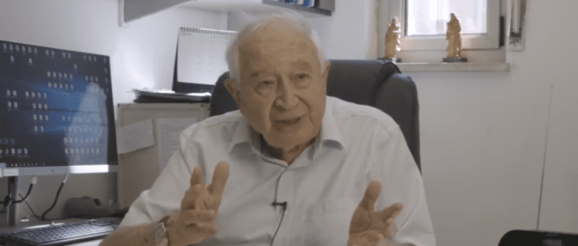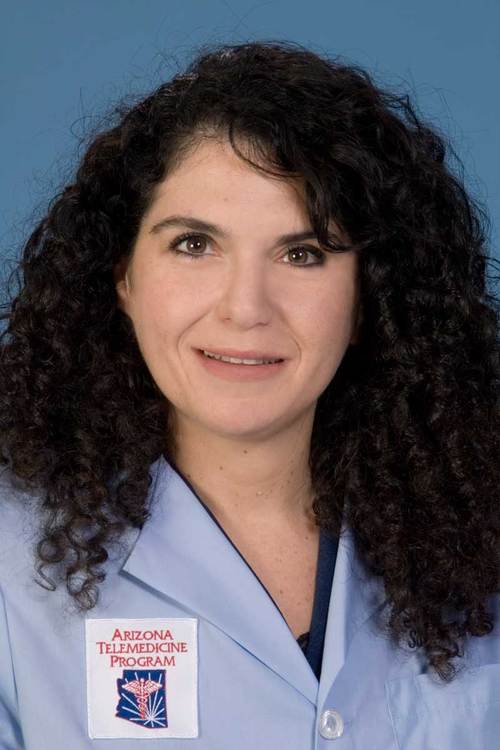Startup EPM launches, high off cannabinoid acid innovation

When Sue Sisley opened the first bag of her Washington-licensed weed, she knew something was wrong. It came with the verisimilitude of government cheese, a bureaucratic knock-off that neither looked nor smelled like the real thing.
“It was this green powder with little sticks and leaves,” Sisley, head of the Scottsdale Research Group, told Endpoints News earlier this month.”So diluted.”
 Sue Sisley
Sue SisleyTwo years ago, Sisley gained approval for a PhII study on the effects of marijuana on veterans with PTSD. Since the 1960s, though, the DEA has only allowed one lab in the country, at the University of Mississippi, to grow marijuana. That meant that when Sisley and other researchers began some of the first modern studies on medical marijuana, they were forced to use a product that looks more like oregano than weed. Also, it appeared to be moldy.
It was just one of several problems that have plagued cannabis research and kept the drug industry from following the strident changes in the national view of a once-taboo drug. More broadly, research into marijuana and derivatives such as cannabinoids has suffered from a lack of precision: The underlying problem behind the government weed is that weed doesn’t come with a standard dose of THC, or standardized at all, as you’d want for a drug trial. And cannabinoids might have more precision, but they’re plant extracts — not the chemical compounds the FDA and drug companies want for clinical trials.
Which is why Raphael Mechoulam, the 88-year-old Israeli “grandfather” of cannabis research, was so excited about the launch of the startup EPM yesterday and the signature technology he helped produce: The distillation, stabilization and industrial-level production of cannabinoid acids, the potent molecules that give rise to the plant’s psychotropic effects and that, company founders say, could move soon to the clinic.
“Here we have a new family of cannabinoid that are probably parallel or even better than CBD itself,” he told Endpoints.
 Reshef Swisa
Reshef SwisaMechoulam and CEO Reshef Swisa are careful to distance themselves from the plant and research done directly on its consumption. But at its root, the point of the new molecules is to unlock for the clinic the leaf and oil based effects advocates have boasted about for years and that originally drove Mechoulam to start studying marijuana in the early 1960s, when as a young researcher at the Rehovot-based Weizman Institute, he managed to convince a local police officer to illegally hand him five kilos of Lebanese hashish and then promptly carried the pungent parcel from the station to his lab on a crowded bus of passengers asking “What the hell is this smell?”
Mechoulam’s research then was to distill the active ingredient in marijuana, THC. This new science goes a couple steps further, isolating and stabilizing the acids that give rise to cannabinoids in the first place.
The problem with looking into these acids has always been that while they appear on the plant alive, they disappear off the plant itself as it begins to dry. This earned them the movie-style moniker “the mystery compounds,” Swisa told Endpoints. You could smoke weed your whole life without encountering them.
But by taking the acid from the plant and using a particular ester, EPM researchers were able to stabilize it, creating a potent compound they can take into the lab as you would ibuprofen. Swisa said they’ve spoken with the FDA, and their product would be treated not as cannabis, without all its attendant rules and stigmas, but as any other drug in development.
“You can look at this compound as inspired by cannabis,” Swisa said. “But it is a semi-synthetic compound.”
The implications are about as manifold as the wild promise medicinal weed has sometimes held, and only trials will tell what indications bear fruit. EPM has done research on human cells and rats into the compounds’ effect on IBD, skin diseases and metabolic diseases, finding similar rates of effectiveness to steroids and other drugs without the steep side effects those drugs can bring. They hope to move into the clinic on a couple indications soon.
But the crux is that this puts the drug in a form — discrete, patentable and consistent — that makes them attractive to pharma, Swisa said. They hope to license their product out to other pharmaceutical companies, and he noted that there was enthusiastic interest when they presented the results Monday in LA — but then again, they were presenting at a cannabis conference.
“People chasing our researchers; people following them; people coming to ask what can be done; people coming to our booths, asking questions, seeing what we can do and how we can collaborate,” he said. “The interest is big.”
The field is indeed hot right now despite ongoing concerns from some researchers, including Mechoulam, that the public is embracing CBD before it’s been properly tested. Results from Sisley’s trial are forthcoming; other trials are underway or already back with positive results and scientists are now making efforts to bioengineer THC through CRISPR. This morning, the EU OK’d a cannabis-based epilepsy drug already approved by the FDA.
But for a researcher who’s been in the game as long as Mechoulam, there still aren’t enough clinical trials and there’s a bittersweet tinge to some of these new pronouncements. Mechoulam’s lab conducted a small clinical trial on CBD and epilepsy in 1980, finding it all but eliminated seizures in 4 of 8 patients and curbed them in three hours. But it was decades before anyone took up that work.
“This was a pity,” Mechoulam said. “We could have saved thousands of patients, in particular children.”
